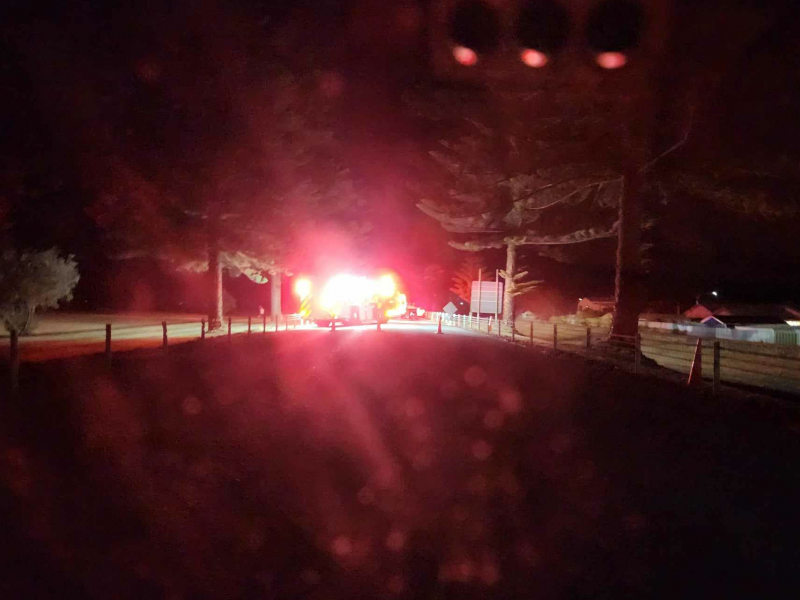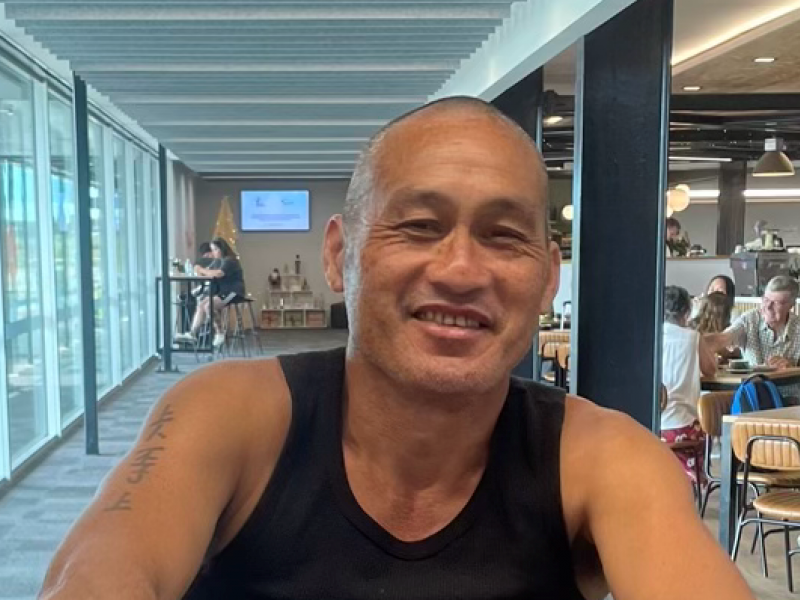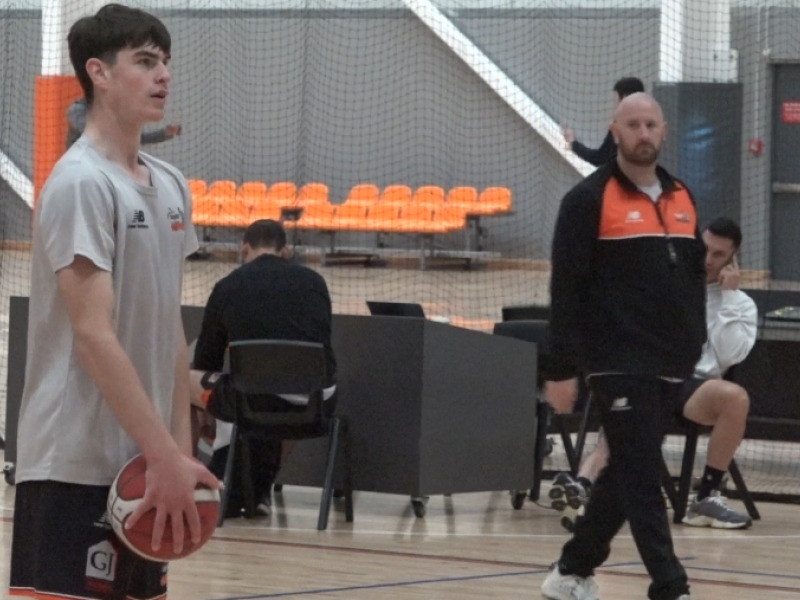Three new cases of Covid-19 in managed isolation
There are three new cases of Covid-19 in managed isolation, and no new cases linked to the Auckland February cluster.
One of the three cases in managed isolation today is a historical case and not regarded as infectious. This case arrived on February 11 from Mexico via USA, and recorded a positive test on day 12.
The other two new cases arrived from the UAE and Papua New Guinea on February 18 and 20 respectively. The first case tested positive on day five and was a contact of a case, while the case from Papua New Guinea tested positive on day three of routine testing.
The total number of active cases in New Zealand is 65. The total number of confirmed cases is 2,012.
The total number of tests processed by laboratories to date is 1,683,551.
On Wednesday, 9,269 tests were processed. The seven-day rolling average up to yesterday is 7,671 tests processed.
Since January 1, there have now been 35 historical cases, out of a total of 202 cases.
All 11 cases associated with the Auckland February cluster remain in the Auckland quarantine facility.
Genome testing results now available for Case K has shown it to be the B.1.1.7 variant and again very closely related to the genome sequence for Cases A and B.
This provides further reassurance that the cases from the additional household announced on Tuesday have not appeared from elsewhere in the community. All cases that have been sequenced in this cluster are genomically linked and are connected to the cases at Papatoetoe High School.
Contact tracing
Close Contacts at Papatoetoe High School
Case A had 31 close contacts at the school, one of these tested positive (Case D). All others have tested negative for COVID-19.
Casual Plus Contacts at Papatoetoe High School
For this cluster, all the remaining students and staff at the school have been designated as Casual Plus contacts of Case A.
As at 8am this morning there have been 1,525 casual plus contacts identified at Papatoetoe High School. Excluding the three positive cases (Case E, I and J), 1,490 have returned at least one negative test result since 15 February. We have asked all these casual plus contacts to have an additional test on or after 22 February. So far all results from the additional testing have been negative.
The Ministry of Health continue to work closely with the school to ensure all those in the school community who need to be tested are. Where necessary, this includes visits to students homes to make sure people are getting the support they need to access testing and remain isolated.
Kmart Botany contacts
A total 15 staff members have been identified as close plus** contacts. This number has decreased from that previously reported after further investigation on their contact with the case. All these people have been contacted and are self isolating. We currently have eight negative test results from this group.
The Ministry has also been contacted by 1236 people who reported being at the store at the times of interest. They have been provided with public health advice. These people have been asked to isolate for 14 days and be tested at day 5 and day 12 after their exposure to the case. "We encourage anyone who has visited the store at the times of interest to contact Healthline. We expect this number to increase."
Home viewing
There was a private home viewing, on behalf of the homeowners, at the residence of the family (Cases I, J, K) on Saturday 20 February. The viewing lasted half-an-hour and was attended by three people. The agent and three attendees were all contacted by Public Health officials on Tuesday. They have all been tested and are awaiting their results.
The home is not regarded as a Location of Interest as the identities of everyone present is known.
Close plus contact
The ‘close plus contact’ category is for individuals who are advised to do the same as a close contact and to also keep their household members at home in isolation until they return a negative day 5 test.
Close contacts are advised to self isolate for 14 days and be tested on day 5 and day 12.
In both cases, if the individual close contact or close plus contact develops symptoms then their household contacts should again stay home until the contact is cleared with an additional test.
‘Close plus’ is an existing approach. The classification of close plus contact helps provide flexibility in terms of the public health response to public exposure events as well as helping standardise the approach for health services.
In essence, the close plus contact category is used where the risk of transmission is higher and it means that the contact’s household members are then already in isolation should they subsequently test positive.
"Where we think there is a higher level of risk, we now provide this additional layer of protection through the management of close plus contacts."

























